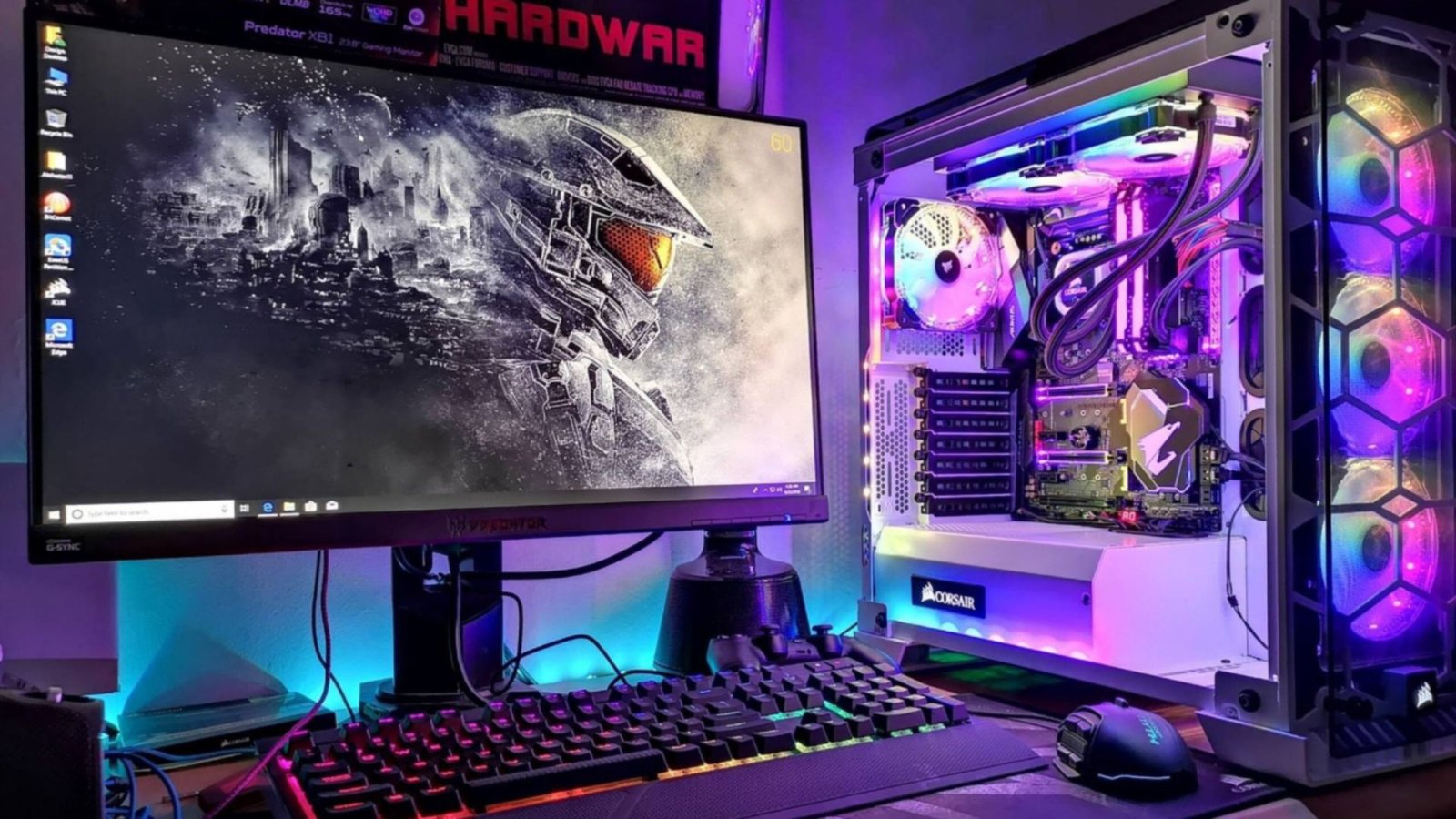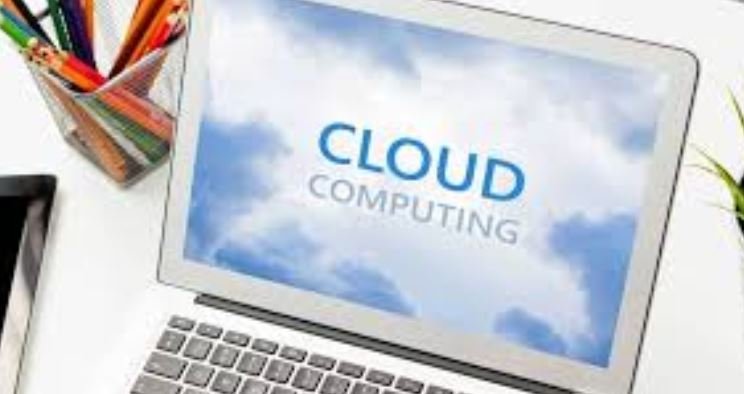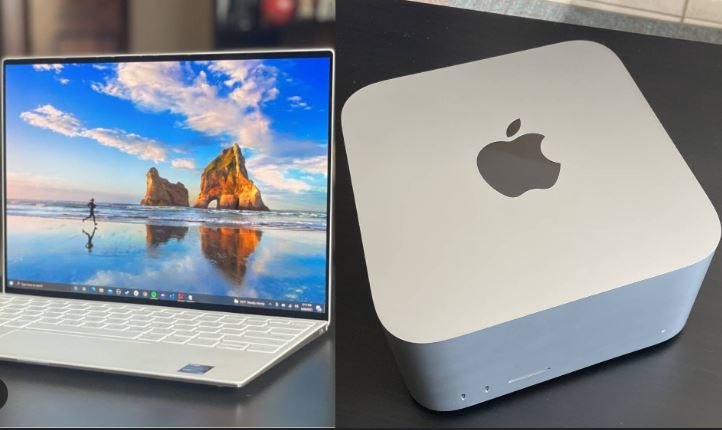When it comes to optimizing desktop performance, multitasking efficiently is crucial for getting the most out of your system. Whether you’re running multiple applications for work, gaming while streaming, or handling several tasks at once, a smooth and responsive desktop can significantly enhance your productivity and enjoyment. Here’s a comprehensive guide to help you optimize your desktop performance for multitasking.
Understanding Your Desktop’s Performance Needs
Before going into optimization strategies, it’s essential to understand what affects your desktop’s performance. Factors like the CPU, RAM, storage, and even the operating system play a role in how well your system handles multiple tasks simultaneously. By addressing these components, you can improve overall performance and efficiency.

Upgrade Your Hardware
1. Increase Your RAM
One of the most effective ways to boost your desktop’s ability to handle multitasking is by increasing your RAM. More RAM allows your computer to manage more applications at once without slowing down. If you frequently run multiple programs or work with large files, upgrading to at least 16GB of RAM can make a noticeable difference in performance.
2. Upgrade Your CPU
The CPU, or central processing unit, is the brain of your computer. A faster CPU can handle more processes simultaneously, making it a key component in optimizing desktop performance. If you find that your desktop struggles with demanding applications, consider upgrading to a newer, more powerful processor.
3. Invest in an SSD
Switching from a traditional hard drive (HDD) to a solid-state drive (SSD) can greatly enhance your desktop’s performance. SSDs are faster and more reliable than HDDs, leading to quicker boot times and faster application loading. This upgrade is particularly beneficial when optimizing desktop performance for multitasking, as it speeds up data access and improves overall system responsiveness.
Optimize Your Operating System
1. Keep Your OS Updated
Regular updates to your operating system (OS) can help maintain optimal performance. Updates often include security patches, performance improvements, and bug fixes that can enhance how your desktop handles multiple tasks. Make sure your OS is set to update automatically or check for updates regularly.
2. Manage Startup Programs
Many programs start automatically when you boot up your desktop. While some of these are necessary, others may be unnecessary and can slow down your system. To optimize desktop performance, review and manage your startup programs. Disable any that you don’t need right away, as this will reduce the load on your system when it starts.
3. Clean Up Your Disk
Over time, your desktop accumulates files and programs that can clutter your system and affect performance. Use built-in tools to clean up unnecessary files and uninstall programs you no longer use. This will free up disk space and help your desktop run more smoothly.
Enhance System Cooling
1. Ensure Proper Ventilation
Effective cooling is essential for maintaining good performance, especially when multitasking. Ensure that your desktop has proper ventilation and that fans are working correctly. Dust buildup can impede airflow, so regularly clean the interior of your desktop to prevent overheating.
2. Consider Aftermarket Cooling Solutions
If you’re pushing your desktop to its limits with heavy multitasking or gaming, consider investing in aftermarket cooling solutions. High-performance fans or liquid cooling systems can help keep your components cool and prevent thermal throttling, which can slow down your system.
Optimize Your Software and Settings
1. Adjust Power Settings
Power settings can impact your desktop’s performance. For the best multitasking experience, set your power plan to “High Performance” in the control panel. This ensures that your CPU and other components are running at their full potential.
2. Update Drivers
Keeping your drivers up-to-date is crucial for optimizing desktop performance. Drivers are software that helps your operating system communicate with hardware components. Outdated drivers can lead to performance issues, so regularly check for updates to ensure that your hardware operates efficiently.
3. Manage Background Processes
Applications running in the background can consume valuable resources. Use task manager tools to identify and close any unnecessary background processes. This will free up resources for the applications you’re actively using, improving overall performance.
Conclusion
Optimizing desktop performance for multitasking involves a combination of hardware upgrades, system maintenance, and software adjustments. By increasing your RAM, upgrading your CPU, switching to an SSD, and managing your operating system effectively, you can ensure a smooth and efficient multitasking experience. Regular maintenance, such as cleaning your system and updating drivers, will also help keep your desktop running at its best. With these tips, you can enhance your desktop’s performance and handle multiple tasks with ease.










